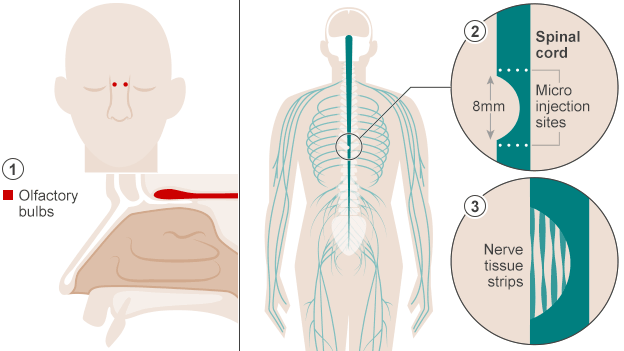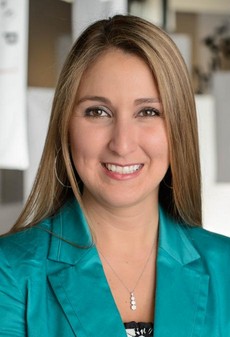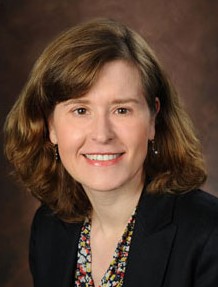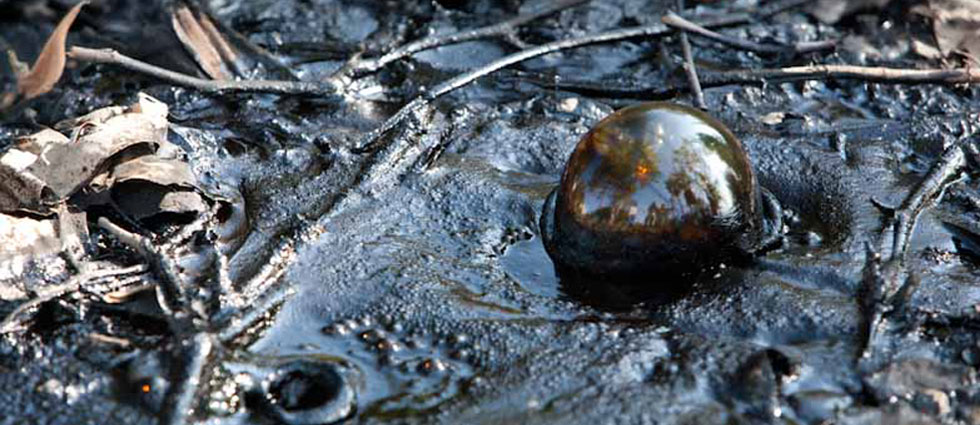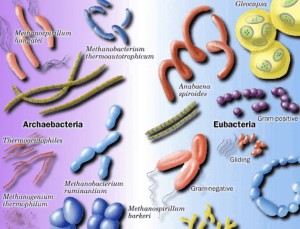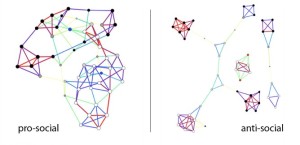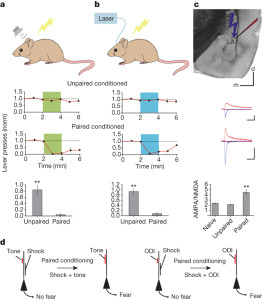The nature of deforestation has changed dramatically in recent years, according to a new study by Chalmers University Scientists. Deforestation today is driven by globalization and commercialization to a large and increasing degree–international trade is contributing to deforestation through a demand for beef, soy, palm oil and timber.
“From having been caused mainly by smallholders and production for local markets, an increasing share of deforestation today is driven by large-scale agricultural production for international markets,” said Martin Persson, lead researcher on the study.
Persson’s team looked at seven major deforestation case countries–Argentina, Bolivia, Brazil, Paraguay, Indonesia, Malaysia and Papua New Guinea–and found that one-third to one-half of deforestation could be attributed to overseas trade.

“More than a third of global deforestation can be tied to rising production of beef, soy, palm oil and wood products,” said Persson. “If we exclude Brazilian beef production, which is mainly destined for domestic markets, more than half of deforestation in our case countries is driven by international demand.”
“The trend is clear, the drivers of deforestation have been globalized and commercialized.”
The study was commissioned by the Center for Global Development (CGD) and was completed by Martin Persson of Chalmers University of Technology and colleagues in Linkoping, Sweden, and Vienna, Austria.
In addition to their findings about market trends, the research team found that 1.7 billion tons of carbon dioxide emissions could be linked to production of the commodities analyzed in the study–and one-third of that amount was due to commodity exports.
The research also found trends in the response of companies to the negative publicity associated with deforestation.
“Another key trend is that more and more corporations have pledged to rid their supply chains from deforestation,” said Persson. “Pushed by environmental organizations and seeing the risks of being associated with environmental destruction, companies like Unilever and McDonalds are pressuring their suppliers to stop expanding production on forest land.”
The countries on the receiving end of the commodities produced through deforestation were China and EU nations. It was not enough, Persson said, to blame the nations in which deforestation occurs.
“Today both public and private consumers, be it individuals or corporations, have the possibility to contribute to the protection of tropical forests by holding suppliers accountable for the environmental impacts of their production,” Persson concluded.
By Sid Douglas
Photo: gillyan9





